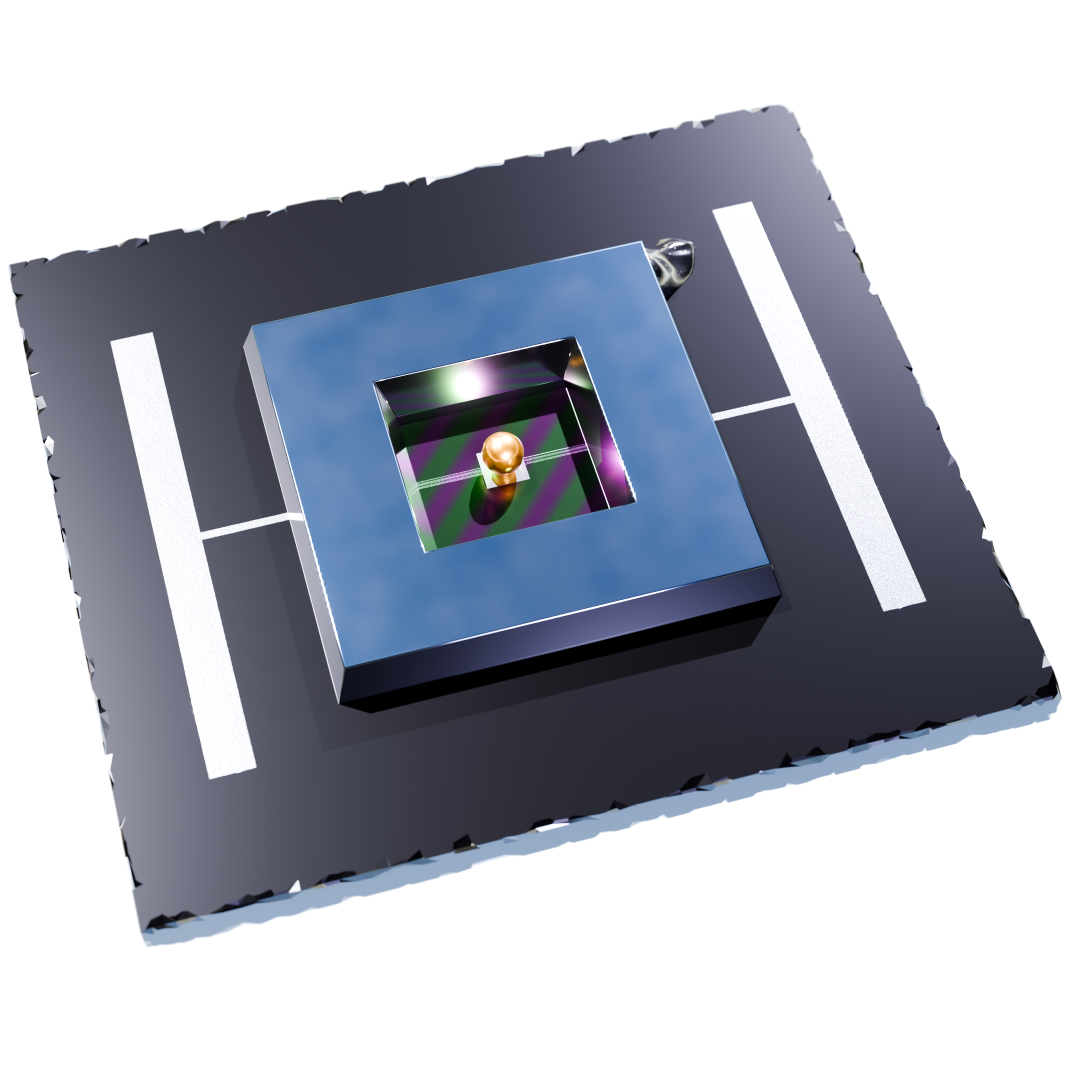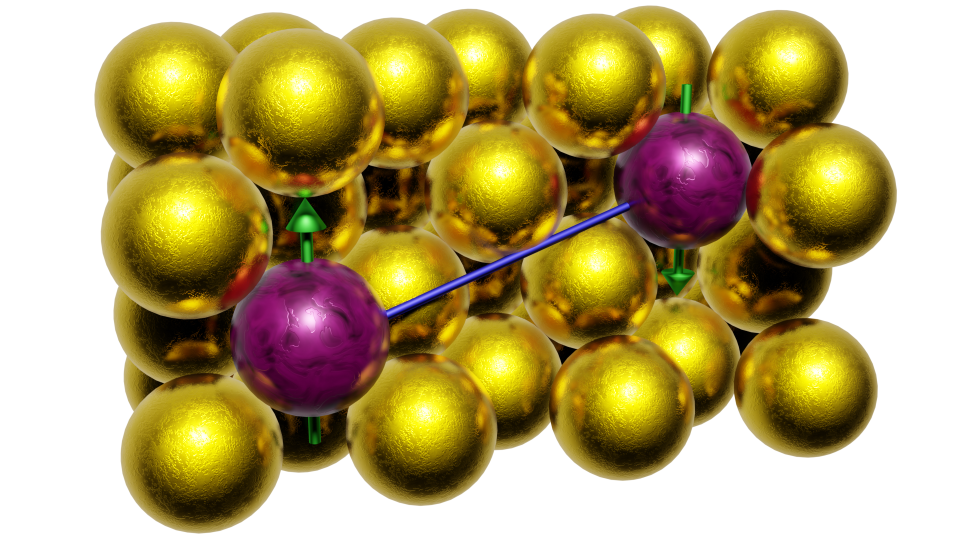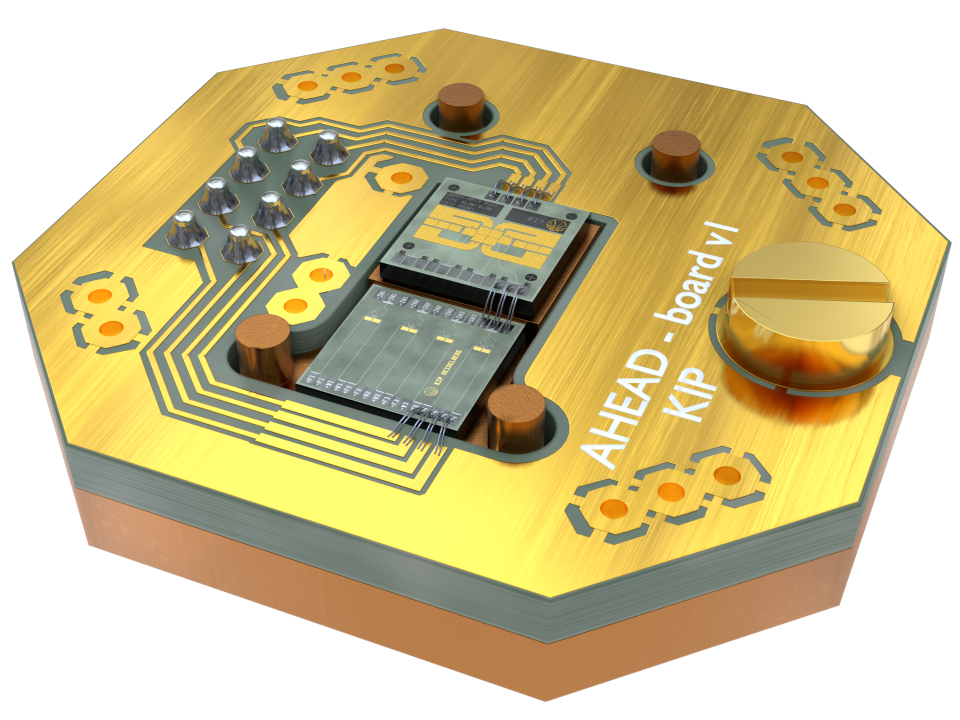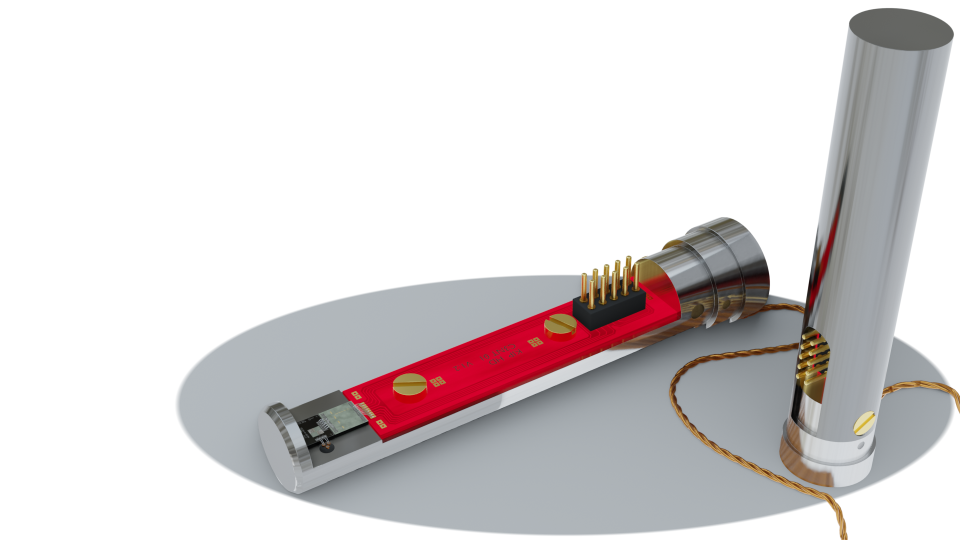Gravity at Small Scales
Combining quantum mechanics and gravity into one unified theory remains the holy grail of modern physics. Since popular concepts such as string theory and loop quantum gravity do not provide predictions falsifiable with current technology, we approach this problem phenomenologically by pushing gravity measurements to smaller and smaller scales. In our current experiment, our goal is to break the current record (Westphal et al., 2021 ) of gravity measured between the smallest masses by two orders of magnitude using a novel optomechanical measurement technique: We track the movement of gravitationally interacting gold spheres via the resonance frequency of an encapsulating microwave cavity. This will be a first measurement of gravity in a true quantum system, paving the way for future experiments of gravitational interactions in quantum mechanically entangled systems (Liu et al., 2021 ).



